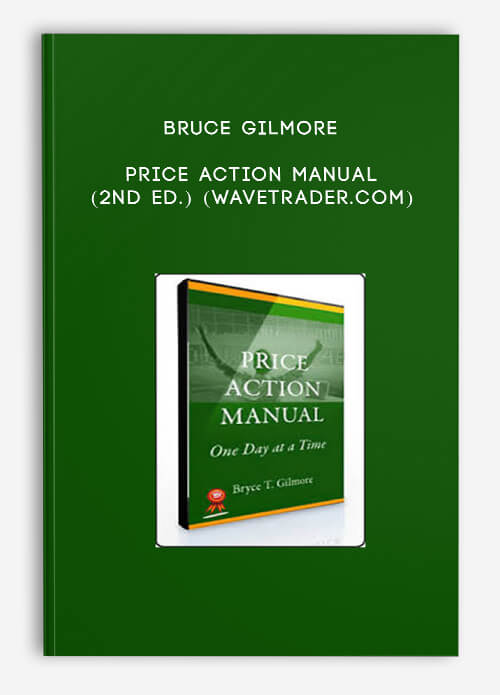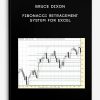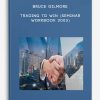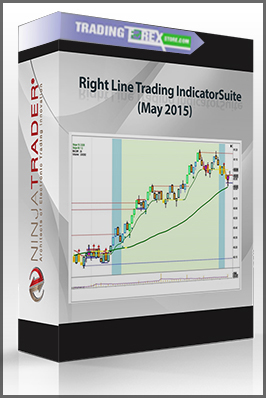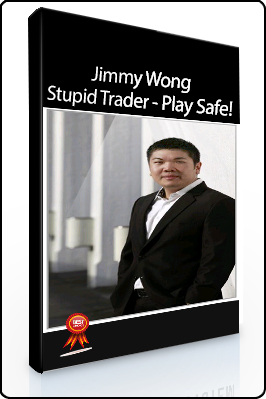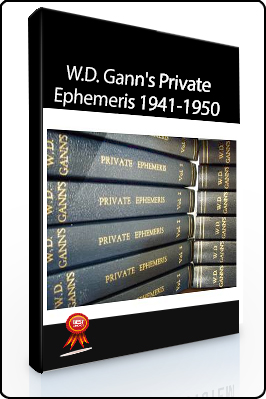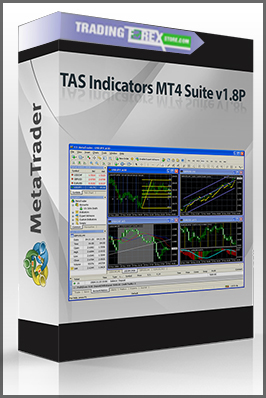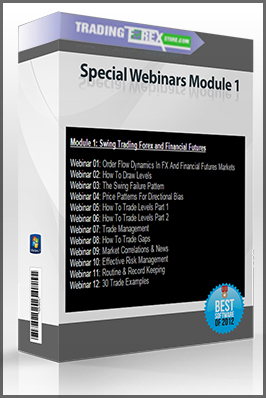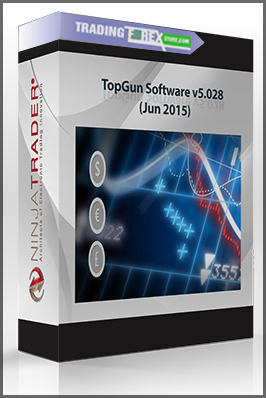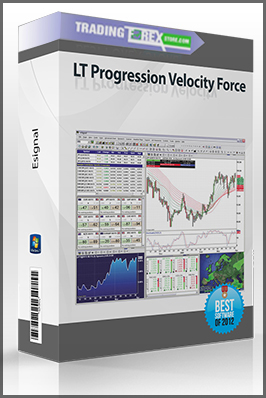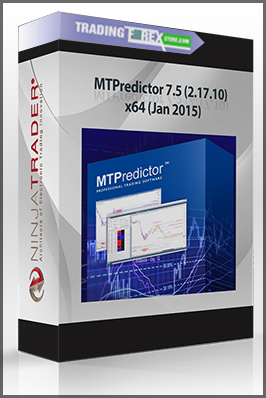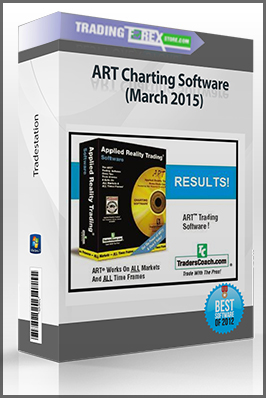Bruce Gilmore – Price Action Manual (2nd Ed.) (wavetrader.com)
$12.00
Product Include:
File size:
- Description
Description
Bruce Gilmore – Price Action Manual (2nd Ed.) (wavetrader.com)
**More information:
Get Bruce Gilmore – Price Action Manual (2nd Ed.) (wavetrader.com) at bestoftrader.com
Description
Our latest publication Price Action Manual is the place to start. It is a complete summary on how to trade our methodology intraday. It summarizes a complete trading approach and our WaveTrader Software Suite was designed as a support mechanism to make the methodology much easier to follow and implement in real time.
It will teach you to trade like a pit trading professional with 20 years market experience.
Everyday the market PRICE ACTION creates opportunities for profitable short term trades. The set ups I will explain to you will teach you how to trade in all possible market conditions. My PRICE ACTION teaching follows clearly defined rules that will open the door to you to make low risk trading entries at least 3 times or more per day.
The PRICE ACTION trading approach works consistently well in most futures markets and gives you precise instructions on where the best price levels lie to actually put a trade on.
This E-Book contains a guide to the 10 most reliable trading set-ups I know that repeat time and time again. They are simple to learn if you wish to put in a little work and use some basic commonsense. You can believe it or not but you will never know until you explore the possibilities.
So what is trading?
Trade involves the transfer of goods or services from one person or entity to another, often in exchange for money.
Economists refer to a system or network that allows trade as a market.
An early form of trade, barter, saw the direct exchange of goods and services for other goods and services.
Barter involves trading things without the use of money. When either bartering party started to involve precious metals,
these gained symbolic as well as practical importance.[citation needed] Modern traders generally negotiate through a medium of exchange,
such as money. As a result, buying can be separated from selling, or earning. The invention of money (and later of credit,
paper money and non-physical money) greatly simplified and promoted trade.
Trade between two traders is called bilateral trade, while trade involving more than two traders is called multilateral trade.

